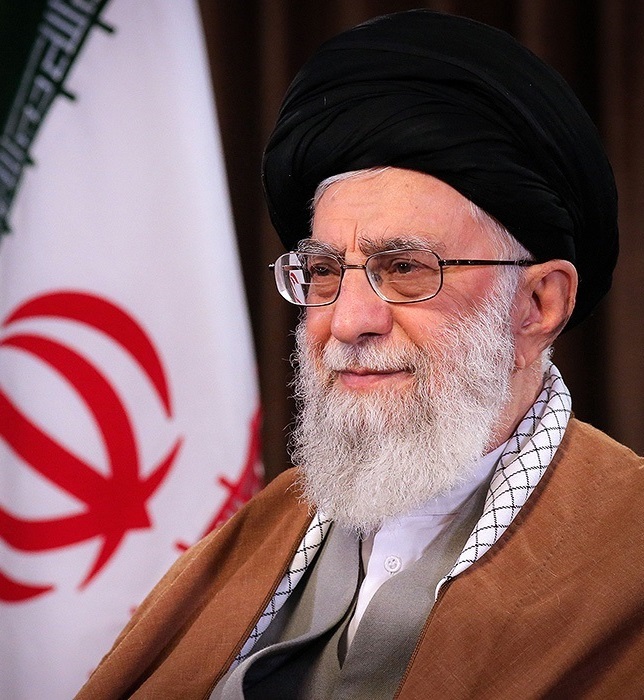This critical assessment is detailed in a portrait published by the Lebanese newspaper L'Orient-Le Jour on June 21. The article traces Khamenei's journey from a relatively unknown cleric who once met an American hostage in 1980 to the successor of Ayatollah Khomeini in 1989. Lacking Khomeini's charisma and profound religious erudition, Khamenei, now 86, compensated with cunning, ruthlessly neutralizing internal rivals, suppressing dissent, and expanding Iranian influence through a network of proxies, particularly against his "sworn enemy," the United States.
However, the piece argues that Khamenei's "œuvre" is now facing an "astounding collapse." Israel's strategy, described as the "octopus doctrine," is reportedly in its final stages. After systematically weakening Iran's regional "arms"—decapitating Hezbollah, degrading Iran's presence in Syria (with Damascus now tilting towards Gulf Arab states), isolating Iraqi militias, and seeing Hamas govern a Gaza strip targeted by Tel Aviv for "ethnic cleansing"—Israel is now aiming for the "head." This includes the destruction of Iran's nuclear program and military capabilities and, potentially, regime change. The article speculates on Khamenei's fate, questioning whether he might be assassinated or if Israel aims to weaken the regime enough for a popular uprising, noting that no scenario envisages a victorious exit for the Supreme Leader.
Born in 1939, Khamenei's early life was marked by a preference for literature over theology and influences from leftist intellectuals and anti-Western thinkers. His pivotal encounter with Ayatollah Khomeini shaped his revolutionary Islamic ideology. He translated Sayyid Qutb's work, advocating for a revolutionary Islam that modernizes its message and challenges Western imperialism.
After Khomeini's death, Khamenei's rise to Supreme Leader was facilitated by Akbar Hashemi Rafsanjani, who miscalculated that Khamenei would be a mere figurehead. Instead, Khamenei consolidated absolute power. The traumatic Iran-Iraq war profoundly influenced his security doctrine, leading to the development of Iran's missile program and proxy network, ensuring future conflicts would be fought outside Iranian borders. A key alliance was forged with the Islamic Revolutionary Guard Corps (IRGC), which became a dominant military and economic force, controlling up to 60% of Iran's GDP and using its influence to violently suppress numerous waves of protest from 1999 to the "Woman, Life, Freedom" movement of 2022.
Khamenei methodically gained control over all state institutions, developing a vast economic empire, notably through the "Setad" foundation, which, according to Reuters in 2013, was estimated to be worth $95 billion. The L'Orient-Le Jour article describes the Islamic Republic under his rule as a "bigoted gerontocracy" governing an increasingly secularized, young society whose revolutionary promises have been betrayed. His obsessions, the control of women's bodies, and a deep-seated hatred of America, alongside an instrumentalization of the Palestinian cause, define his regime. The piece concludes grimly that Khamenei's legacy is one of "Arab ruins and Iranian dungeons," with no substantial political gains for the Palestinians despite decades of rhetoric.
Photo: Wikipedia Commons
